In Jerusalem, we wait for Tehran to play its hand
Israel calls Iran’s bluff, but how the Iranians respond will affect the entire region.
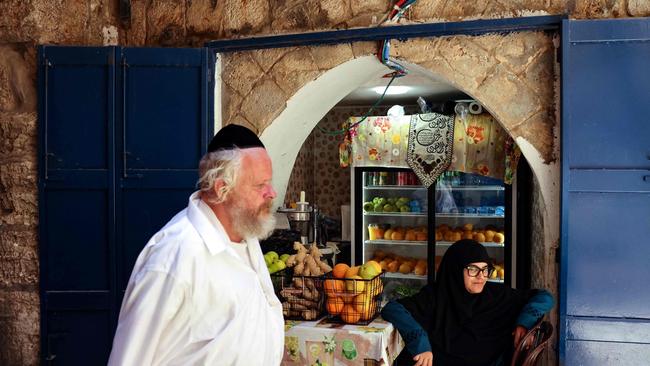
“I wonder sometimes if it’s worth opening at all,” the restaurant owner tells us, pointing with a wide gesture at the rows of empty wooden tables. “We used to be 24/7. Now I wonder every day whether it’s worth coming in from Tel Aviv.”
It’s 12.30 in the afternoon in downtown west Jerusalem. A good friend and I have met to go over old reporting adventures in Syria and Iraq. And to wonder at the present situation, the strangeness of it, and where things may be headed. We find we are the only diners in this once popular eating joint off the pedestrian promenade. We order anyway.
It would be an exaggeration to say the urban centres of central Israel are deserted at the moment. Things are running, people are going to work. Life continues. But high summer usually brings bustling and boisterous crowds on all the main pedestrian thoroughfares. And now everything is slow and quiet. An odd calm about it all. Everyone is waiting.

The killings of senior Lebanese Hezbollah official Fuad Shukr and Hamas leader Ismail Haniyeh in Beirut and Tehran, respectively, and almost certainly at the hands of Israel in both cases, have brought the 10-month-old war in the Middle East to a new plateau, where it is currently perched. The prospect of a dizzying plunge from this plateau into the abyss of all-out war suddenly seems very real.
An aspect that characterised Israel in recent years was a sort of insulation of large parts of the population from the strategic competition taking place across the Middle East. This was the tacit social contract that Benjamin Netanyahu proposed to the people of Israel and that has defined his period of rule.
The Israeli Prime Minister, it has always seemed to me, has a slightly contemptuous affection for his own people. Consequently, he wants to keep them safe, and he also doesn’t want to ask too much of them. A small body of professionals would handle strategic affairs and security, and would keep you secure. The pleasant task then incumbent on the citizenry was to pursue with its customary vigour the normal life made possible by this arrangement; to be the start-up nation on the Mediterranean, behind a wall of sensors and cameras that made the enemy and his murderous intent almost invisible.
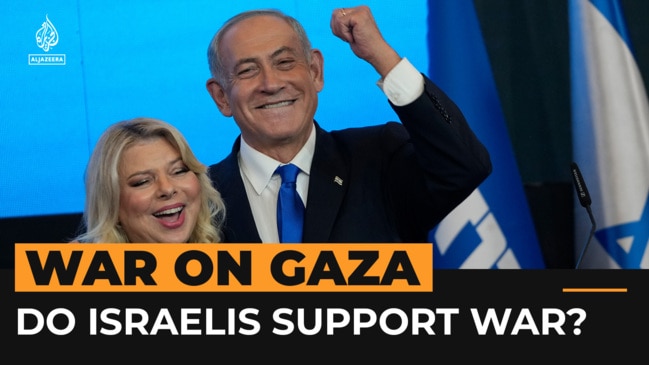
This outlook, which was shared also by the centre left and the security establishment, despite their attempt to attribute exclusive blame for it to Netanyahu now, had at its root a failure of imagination.
Israelis, in short, didn’t want to imagine and internalise how deeply they were hated across large swaths of the Arabic and Islamic world. So it was easier to imagine that Hamas had become fat and corrupted, that Yahya Sinwar was content to remain the mayor of the Gaza Strip, and that the mess and dysfunction in the vicinity could simply be fenced off. And that as a result, happy and healthy and even hedonistic lives could indeed be lived on the safe side of the walls and the sensors.
This social contract, such as it was, ended with the massacres of October 7 last year. We are still in the process of assembling its replacement. The Middle East, political Islam and the politicidal intentions of a powerful, multi-sided enemy are now at the front of everyone’s consciousness.
The October 8 coalition
Hamas is unique among Iranian clients in that it straddles two identifiably different worlds. It is an authentic and grounded movement of Sunni political Islam. But it is also a member of the Shia-led Iranian alliance of proxies. The events of October 7 and what has followed reflect this duality.
The October 7 massacre itself was a Sunni jihadi event par excellence. I say this with the perhaps unusual perspective of someone who covered closely and from the ground the rampage of Islamic State across northern Syria in the summer of 2014 and its attempted genocide of the Yazidi people.
All the elements of that effort were visible on October 7 – the mass killings of civilians, the rape and sexual abuse, the taking of slaves. But what followed, from October 8, was the mobilisation of a region-wide political strength in support of the jihadis of which Islamic State could only have dreamed. This reflected the second element of Hamas’s identity, namely its status as a junior but solid member of the Iran-led regional alliance.

During the long years of complacency, in plain sight but largely unremarked upon, the Islamic Republic of Iran was patiently assembling an intricate structure intended to bring about Israel’s destruction.
This structure is an innovative marriage of authentic local forces of political Islam, usually of the Shia variety, with the capacities and skills of the Iranian state. Presiding over the various proxy forces to have emerged across the region is the Islamic Revolutionary Guards Corps and specifically its expeditionary element, the Quds (Jerusalem) Force.
This is an unusual structure, perhaps unique on the international stage today. It is a group of men whose task and skill set is the raising up of proxy political and military forces in neighbouring countries that they might serve the interests of Tehran. It has no parallel in the organs of other states.
It has been helped in recent years, in its slow and careful assembling and mustering of its various clients, by objective factors prevailing in the region. Specifically, the US invasion of Iraq in 2003 removed one of the main barriers to the advance of the IRGC westwards.
Saddam Hussein, in addition to being a blood-soaked tyrant, formed an obstacle in this regard. Then, from 2010, the collapse and fragmentation of political authority in several key locations in the Arab world – Syria, Iraq, Lebanon, Yemen – opened the way for the IRGC to enter these fragmented spaces and ply its trade. It did so with fervour.
The result is that in all these spaces today it is the IRGC proxy that is the key element. The form it assumes in each case is adapted to local circumstances.
So in Iraq and in Lebanon, where formal electoral structures exist, the IRGC proxy – Hezbollah in Lebanon’s case, the coalition of Shia militias known as the Hashd al-Shaabi or Popular Mobilisation Units in Iraq’s – take the form of armed political parties.
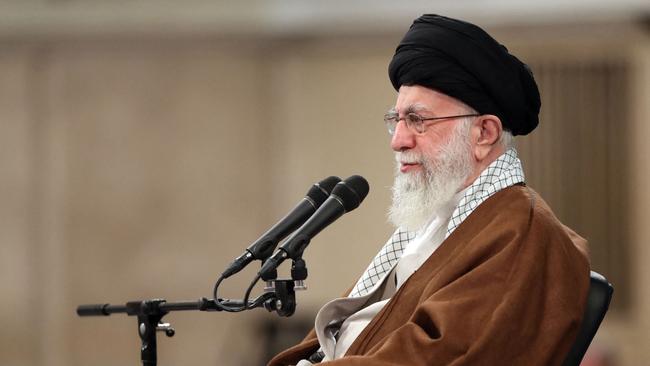
In both countries, they are the dominant political force, with an armed element that does not seek permission from the formal state authorities for its activities.
In Syria, where no electoral structures exist, the IRGC supported militias are linked to powerful elements in the Assad regime (the Syrian Army’s 4th Division commanded by President Bashar al-Assad’s brother Maher al-Assad and the Air Force Intelligence Directorate) and on this basis operate freely in the regime-controlled parts of the country.
They exercise effective control of a border crossing (Albukamal on the Iraq-Syria border) and have freedom of action in running arms through Syria, as part of the arms trail that leads from Iran itself to Lebanon, the Mediterranean and the West Bank.
In Yemen, the fall of the dictatorship of Ali Abdullah Saleh in 2011 enabled the Iranian client Houthis or Ansar Allah organisation to carve out a large area of exclusive control in the country. This area includes the capital, Sana’a, and a long stretch of coastline.
The result of this slow build-up of power, in aggregate, is that on October 8 last year the Iranians were able to mobilise powerful military assets enjoying territorial control in their areas of operation, in four nominal (but de facto collapsed) Arab states – Lebanon, Syria, Iraq and Yemen.
The result
So, since October 7, or more precisely since October 8, when Lebanese Hezbollah began shelling Israel, this structure has been partially mobilised against Israel and the West, across the region. What are the results so far?
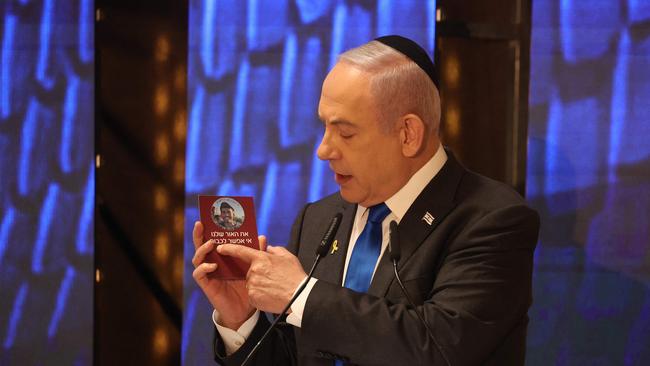
The Lebanese Hezbollah organisation’s daily attacks on Israel’s northern communities have effectively closed down the border area. Ten months in, more than 60,000 Israelis are refugees in their own country, spread through hotels in the centre of the country, with no immediate prospect of returning home. An area along the border to a depth of about 5km has been depopulated.
Since November, the Houthis in Yemen have been engaged in a war on international shipping, along the Gulf of Aden-Red Sea route to the Suez Canal. The volume of container shipping has declined by about 90 per cent along this vital global maritime artery. US and allied naval and air power has been sparingly engaged against this campaign. But as of now, it may be registered as a profound success for the IRGC and its instrument.
The Iraqi Shia militias have launched ballistic missiles and drones against Israel intermittently. But their main contribution has been to initiate more than 200 attacks against US forces deployed in Iraq and Syria. The clear intention here is to raise the temperature against the 2500 US service personnel in Iraq and the 900 in Syria until their political masters decide it’s time to leave.
Syria, notably, has not been used as a springboard for attacks on Israel. It appears at present the Iran-led alliance prefers to keep this area as a conduit for arms transfers rather than an active arena of combat.
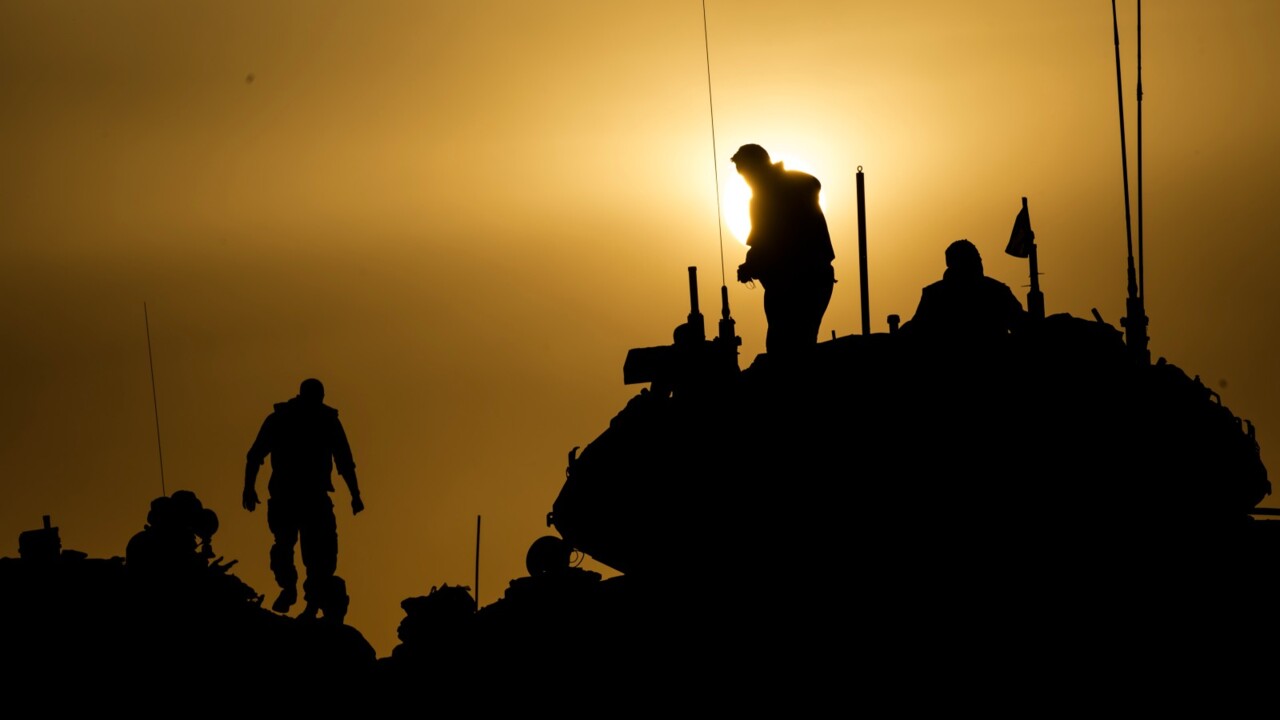
Iran’s Achilles’ heel
So until now, the partial mobilisation of the painstakingly assembled alliance of IRGC proxies against Israel and the West has produced considerable results at a relatively limited price. It is apparent that in Israel, however, it has not gone unnoticed that while the IRGC’s methods are innovative, powerful and effective, they represent a capacity limited to only one field. The IRGC’s methods, along with objective developments in the region that played in its favour, have made the Iranians the masters of irregular and political warfare across the Middle East across the past 1½ decades.
Broaden the lens, however, to include other areas of activity relevant to statecraft and Tehran’s vulnerabilities become immediately apparent. In the fields of conventional military and intelligence activity, conventional diplomacy, and economic activity, Iran is the obvious inferior of its opponents.
As may be seen from the state of the Lebanese economy, the long-term effects of the IRGC’s hostile takeover of a country is the flight of investment, the emigration of the most productive citizens and the eventual transformation of the targeted country into an economic wasteland. Since August 2019, the Lebanese lira has lost 98 per cent of its value. The inflation rate stands at 212 per cent.
But more tangibly and immediately, it’s clear that the capabilities displayed by Israel most recently in the killings of Shukr and Haniyeh are beyond anything that Tehran can muster. The pinpoint intelligence capacities on Iranian and Lebanese soil required to locate these men, the networks of informers, and the tactical capacities that succeeded in killing the targets with minimal damage to the surrounding area, are all far out of Iran’s league. Capacities in proxy building and irregular warfare won’t help in this arena.
So in killing these two men, Israel effectively has sought to call Iran’s bluff. Having displayed Iran’s vulnerabilities, Israel challenges Iran to respond.

Tehran must know any major response threatens to tip the region into a conventional war of the type it has always sought to avoid. The Iranians know in the conventional fields of air power, air defence and missile technology, they struggle to compete. Their intention throughout has been to inflict on their enemies, Israel chief among them, a death by a thousand cuts, slow encirclement, strangulation.
For the past 1½ decades this project has been proceeding apace. Behind and above it, the nuclear capacity intended to act as a cast-iron insurance policy for the continued advancement of the project is not far from completion.
Will Iran wish at this juncture to take the risk of a premature plunge into conventional conflict, the arena where it lacks capacities, when the nuclear insurance designed to keep it safe from retribution is not quite yet ready?
Iran’s answer to this question may well determine the shape of the next phase of the region’s history. A major and combined rocket and missile attack coming from Iran and the proxies will produce an Israeli response and a likely deterioration to all-out conflict. Anything less than that – a token gesture against some target in the region proclaimed to be a facility of Israeli intelligence, or a telegraphed attack intended to make a gesture without damage – will be understood as weakness and hesitancy. All players in the region will know that Iran has tacitly acknowledged its inferiority in the conventional sphere.
This won’t resolve the matter, of course. The IRGC’s push for the region along the known lines will be set to continue, as will its effort to subject Israel to a death by a thousand cuts. But it will be a notable, and well noted, lesson.
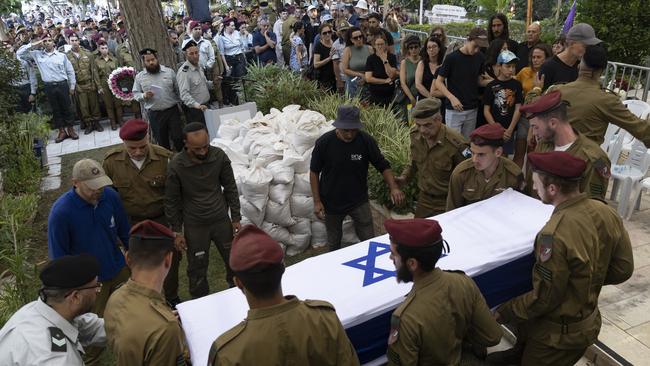
Long war
More than 760 members of Israel’s security forces have been killed since October 7 last year. A sort of reaping of the younger generation is taking place.
There is a new trend of memorialising the names of soldiers killed by producing stickers with a picture of the dead man, his military affiliation and a small saying that characterised him. So it might be, for example, “May we always end each day with the feeling that we have done our best. In remembrance of Captain Ariel Reich, of blessed memory.”
And there’s a picture of the young man, smiling, in the uniform of an officer cadet of the Israel Defence Forces tank corps. That’s not a random choice. Reich was a friend of friends of mine, from Jerusalem. One sees such stickers everywhere now, proliferating.
At train stations, at bus stops. A friend visiting Tel Aviv from New York told me recently that he observed two young men laughing at a table in a cafe. A normal scene in the city. Then they got up and he noticed that they both had prosthetic legs. That’s where we are now.

In the meantime, indefatigable US envoy Amos Hochstein is in Lebanon and there’s another round of negotiations due in Doha for a Gaza ceasefire and the release of hostages. Two US carrier groups and a guided-missile submarine are out in the region’s waterways.
Washington and its allies are trying to cajole and induce Tehran to let the matter rest. The die is not yet quite cast. We will know how the Iranians decide to play their problematic hand quite soon. We’re waiting. waiting.


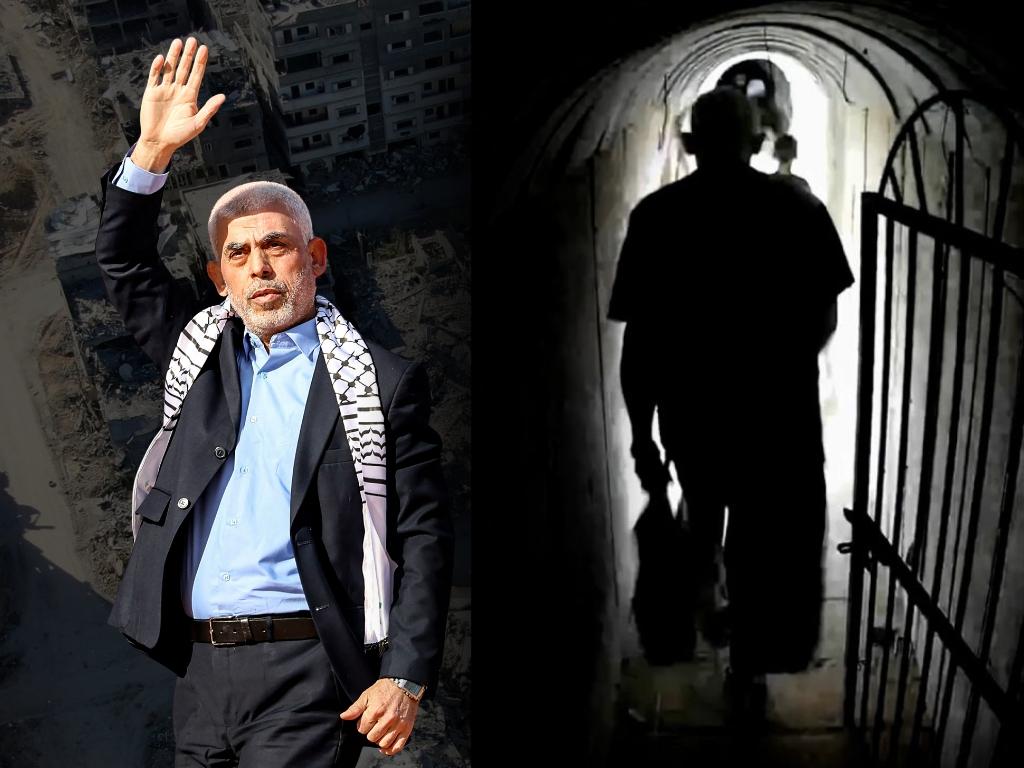
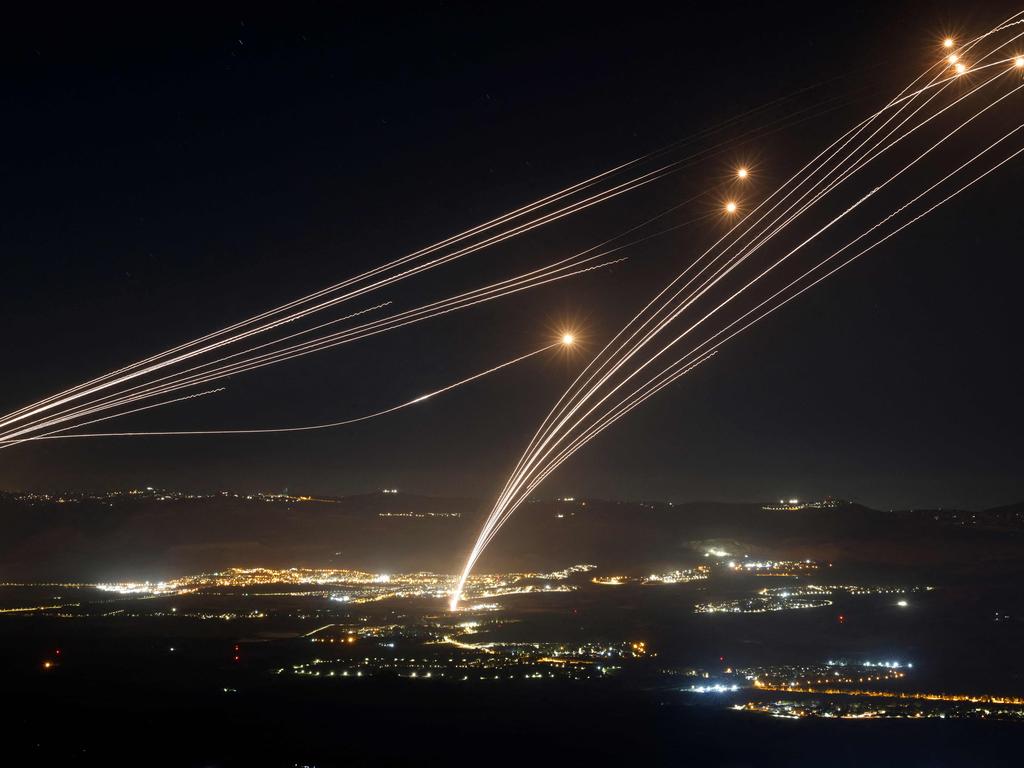
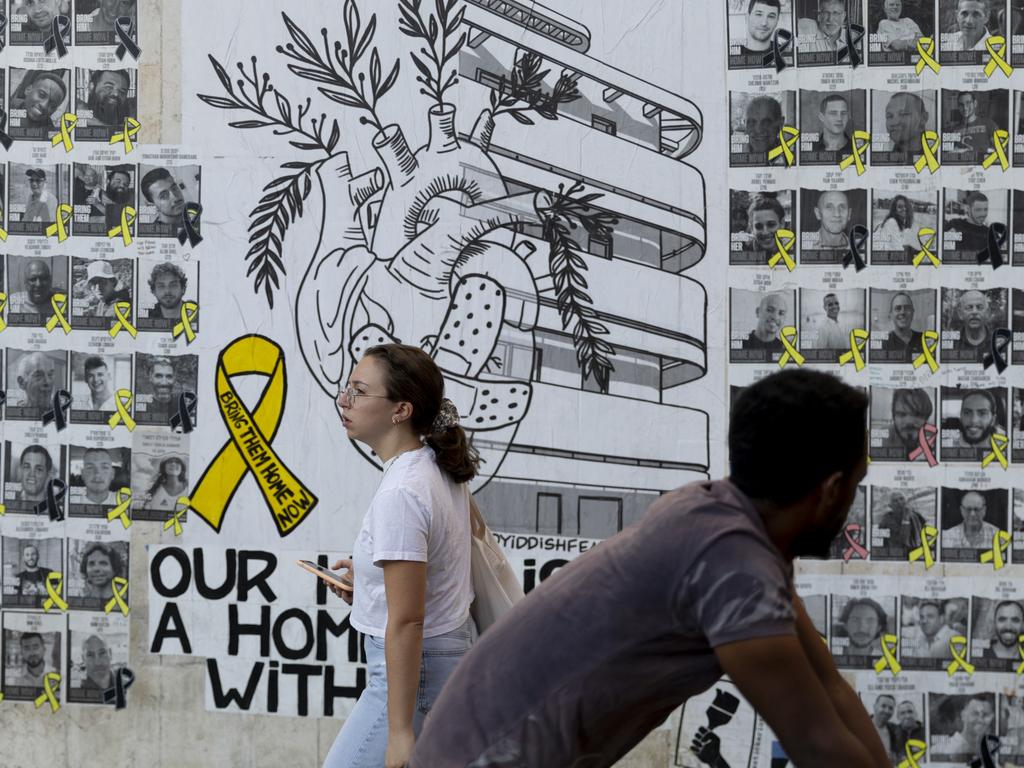


To join the conversation, please log in. Don't have an account? Register
Join the conversation, you are commenting as Logout